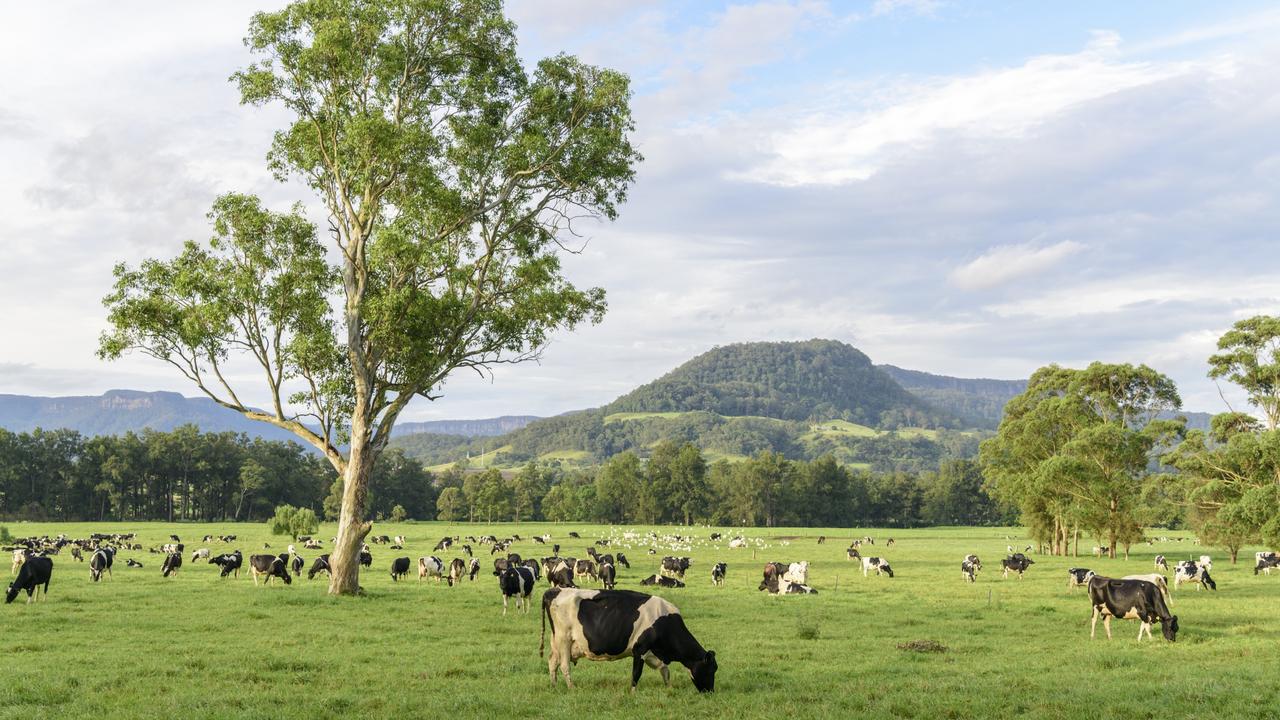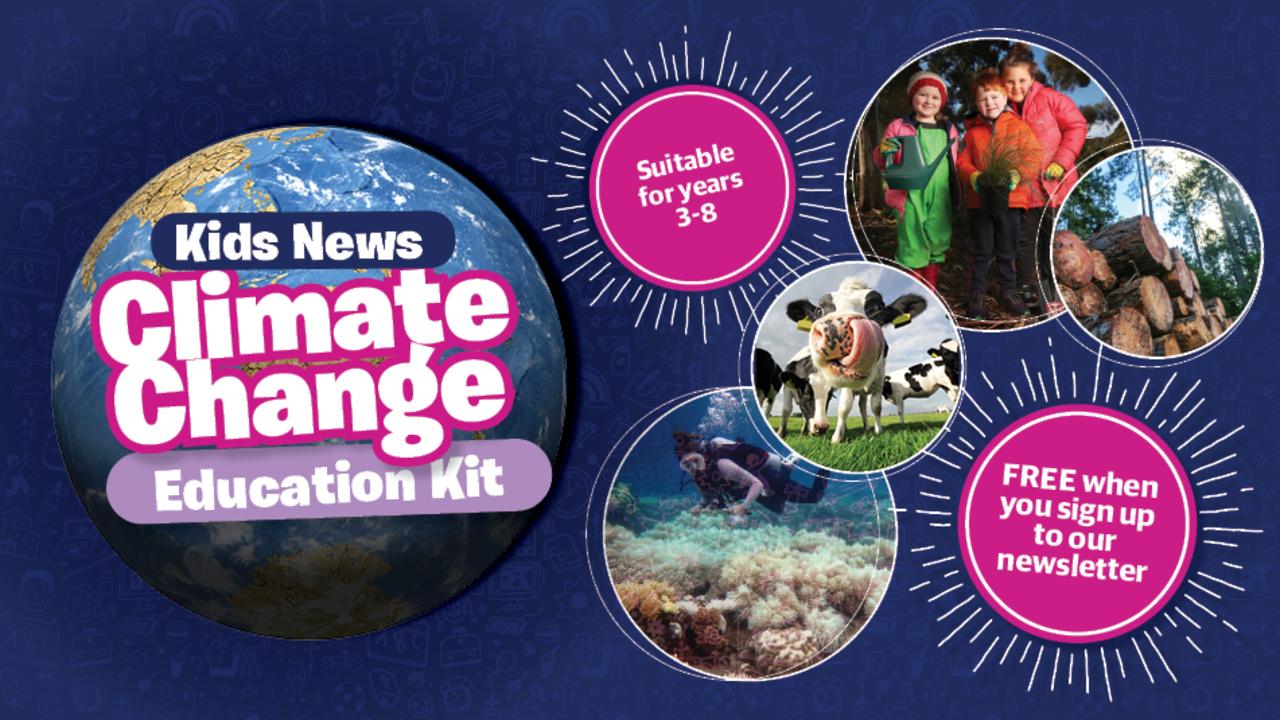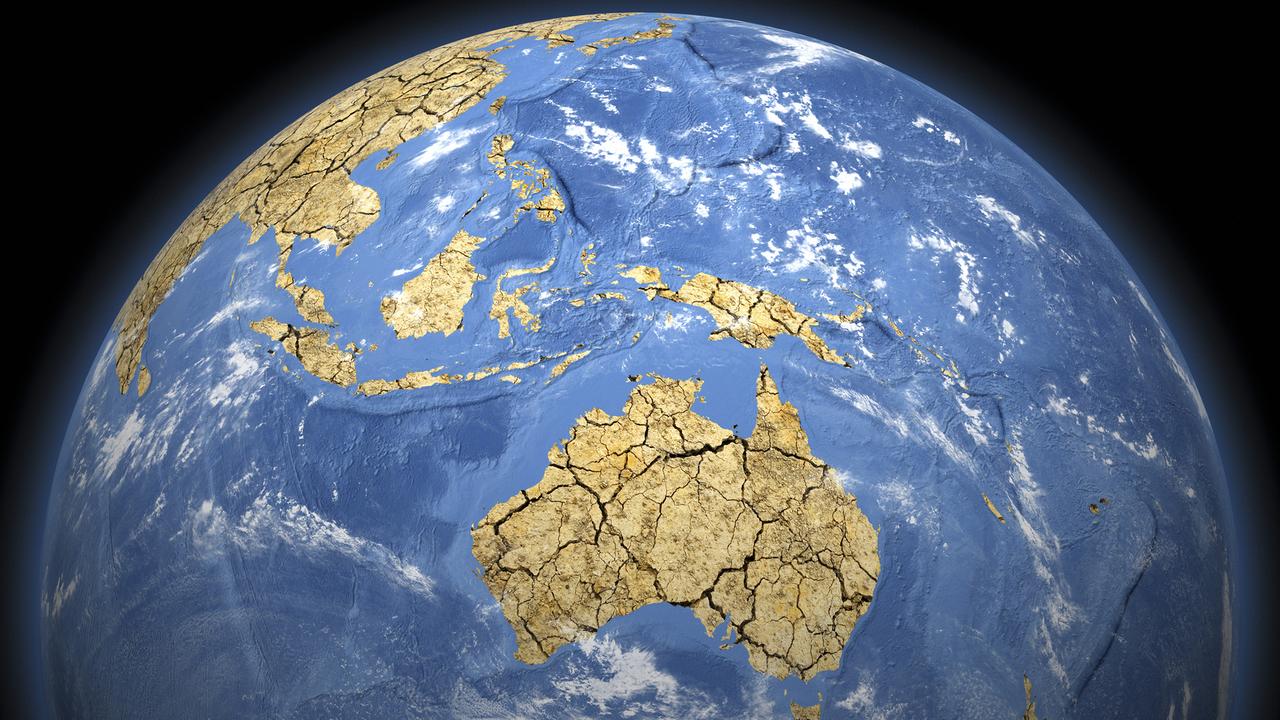Climate change Part 5: Australia’s climate plans and promises
PART 5: As a party to the Paris Agreement, Australia has agreed to join the fight against climate change. But just how are we doing?

READING LEVEL: GREEN
Politicians, scientists, journalists and business leaders have been arguing for at least 30 years over what to do, as a nation, about minimising climate change.
In 2021 there is as much debate as ever over whether Australia is doing the right things and doing enough.
AUSTRALIA’S EARLY PROMISES
In 1997, Australia signed a United Nations* (UN) climate change treaty* called the Kyoto Protocol but did not ratify* it until 2007.
In 1998, Australia became the first country in the world to set up a government agency dedicated to reducing greenhouse gas emissions.
In 2012, then prime minister Julia Gillard’s government introduced a carbon tax system, called the Clean Energy Act, as an incentive* for businesses to reduce emissions. It was abolished* two years later when Tony Abbott became prime minister.
OUR PARIS PROMISES
Australia signed the UN treaty called the Paris Agreement on April 22, 2016, and ratified it on November 9 the same year.
To sign the agreement, each country submitted its plans and promises, called a Nationally Determined Contribution (NDC), to be reviewed every five years.
Australia promised to reduce its emissions* by 26-28 per cent from 2005 levels by 2030. This was similar to commitments at that time by New Zealand and the US, for instance.

In 2020, Australia stuck with its NDC from 2015, without making any changes. Other countries’ new NDCs were much more ambitious*. The latest NDC from the US, announced in April 2021, is to reduce greenhouse gas* emissions by 50-52 per cent below 2005 levels by 2030.
Critics of the Australian government’s efforts on climate change have called our targets less ambitious than most developed countries. Climate Action Tracker, which reports international climate research, calls Australia’s target “insufficient”.
The Australian government is on record as saying “our target is a fair contribution for Australia”.
HOW WE’LL KEEP OUR PROMISES
The Emissions Reductions Fund (ERF) is a big part of Australia’s current plan to meet its Paris commitments, with billions of dollars set aside to subsidise* businesses, including farms, to reduce emissions.

The ERF works like this:
- Businesses choose activities that help minimise greenhouse gas emissions. Examples could be upgrading to more efficient machinery or planting trees. They must be new activities and not required by law.
- Businesses earn Australian Carbon Credit Units (ACCUs) for every tonne of carbon dioxide equivalent* units they remove from the environment or avoid emitting.
- ACCUs are assets* that can be sold for income.
Other features of the government’s current plan to reduce emissions include investing in new technology, phasing out* the use of ozones and hydrofluorocarbons (greenhouse gases used in refrigeration and air conditioning) and improving how we make and use energy and vehicles.
IS AUSTRALIA ON TRACK?
In 2019, the UN reported: “There has been no improvement in Australia’s climate policy since 2017 and emission levels for 2030 are projected* to be well above the target”.
The Australian government has reported that greenhouse gas emissions in the year to March 2021 were 5.3 per cent lower than the previous year and 20.8 per cent lower than in 2005, the baseline* year for our Paris commitments.
But the Department of Industry, science, Energy and Resources issued a statement on August 31, 2021, explaining that the reductions in emissions were due to Covid-19 restrictions reducing how much travel took place, plus reduced fugitive emissions (such as leaks from coal seam gas pipelines) and reductions in electricity emissions.
Countries are not legally bound* to meet NDC targets. They are, however, legally bound to demonstrate progress towards achieving them.

CONCERNS ABOUT THE PROMISES
Reducing the greenhouse gas we produce requires people, businesses and governments to change the way they do things. Change can make people nervous, particularly when there’s no clear picture of what the future will look like after the change.
Many adults worry about jobs. If they or someone they know works in a job they think will no longer be needed in the future, that can make them very worried. Examples would be a diesel mechanic worried about the switch to electric vehicles, or someone who owns a small business in a town in which many people work in a coal mine that might close in the future.
The UK introduced its Climate Change Act in 2008. Since then, its emissions have fallen by 42 per cent, the economy has grown by 67 per cent and there are more than 390,000 jobs in low-carbon businesses*.
A 2020 report by international research organisation Climate Analytics predicted that moving away from using fossil fuels* to produce the energy we need could create 76,000 jobs in Australia in renewable energy* alone.
GLOSSARY
- United Nations: an international organisation where nations gather to discuss common problems and find solutions that benefit all people
- treaty: a written agreement between two or more countries that is formally approved and signed by their leaders
- ratify: officially approve
- incentive: something that motivates or encourages someone to do something
- abolished: put an end to something
- emissions: harmful gases that are produced and released into the environment
- ambitious: needing a great effort, aiming high
- greenhouse gas: a gas in the Earth’s atmosphere that traps heat
- subsidise: pay part of the cost
- carbon dioxide equivalent: greenhouse gases that are similar to carbon dioxide
- phasing out: gradually removing
- projected: estimated on the basis what is happening currently
- baseline: the starting point from where something is measured or comparison are made
- legally bound: required by the law
- low-carbon businesses: business that are producing low levels of greenhouse gas carbon dioxide
- fossil fuels: fuels, such as gas, coal and oil, that were formed underground from plant and animal remains millions of years ago. They are turned into energy when burnt
- renewable energy: energy created from sources that do not run out, such as wind and the sun
EXTRA READING
How climate change affects Australia
Meet the greenhouse gas makers
How the world is working as one
How to cope with climate worries
QUICK QUIZ
- When did Australia sign the Paris Agreement?
- What does NDC stand for?
- What does a country’s NDC contain?
- How often is a country’s NDC reviewed?
- How does the Climate Action Tracker describe Australia’s target to cut emissions by 26-28 per cent by 2030?
LISTEN TO THIS STORY
CLASSROOM ACTIVITIES
Refer to the accompanying Climate Change Education Kit classroom workbook with 20 activities. It’s FREE when teachers subscribe to the Kids News newsletter.

